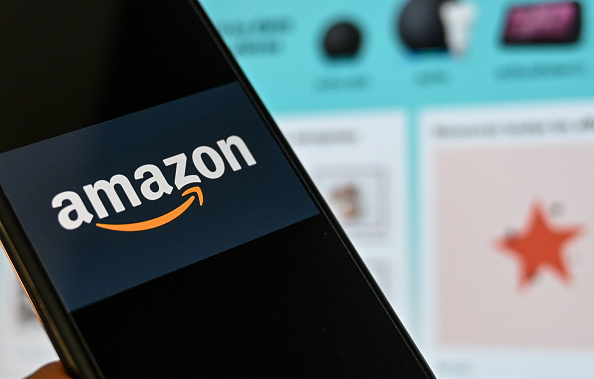These days, social media is king and engaging with your customers online is essential. But what is the best way to engage with your audience? And how should you adapt your outreach programme to target different groups?
When many people think of social media, the first thing that springs to mind is Facebook. With it boasting a vast number of users — 1.71 billion worldwide — you may be right to assume that Facebook can be a great channel for customer outreach. However, the truth is that Facebook isn’t the best way to reach your younger customers.
1. Use Facebook to target adults: From millennials to Baby Boomers
Nearly 30 per cent of Facebook users are between the age of 24-35. If your target market is this age range, Facebook is the perfect place for engaging with your customers, but if you’re aiming to interact with a younger target group, you may need to look elsewhere. Many users under the age of 30 will have a long-term Facebook account and a lengthy history with the site, with years of photos and posts on their account. Usage tends to vary wildly by age range, with some older users on Facebook simply keeping up with the family and loved ones, or sharing news with their peer group. The sheer amount of people using and relying on Facebook makes it seem impossible for some to not use it. Many who would otherwise leave the site know that it is often the only way to reach some people.
Facebook pages can be an invaluable channel of communication, allowing you to create shareable content or interact on a one-to-one level with users. This function can also be used in an interesting (and potentially viral) way. Recent advertising media for the second season of television show Humans used an instant messenger chatbot to communicate with users. This encouraged many people to show the chatbot to friends, spreading awareness of the marketing campaign and the show.
Related: How Facebook Live can be a powerful marketing tool for small businesses
To appeal on Facebook, be interesting, be novel, make your content shareable and maybe even make people laugh. In whatever way that works for your company, engage people.
2. Instagram and YouTube: Visual Channels for Generation Z
Teenagers are one of the hardest markets to crack. Not needing day-to-day consumer products such as insurance or home furnishings, their purchasing and consuming patterns are far more wild and unpredictable. They are also more diverse in their use of social media than older demographics. Whereas teens of the 2000s mostly used Facebook and interaction was, for the most part, via messages, contemporary teens use more visual mediums like Instagram and YouTube. They tend to have Facebook but use it mainly for personal communication. They’re far more likely to use mobile sites and, due to a shorter attention span, will quickly leave a site with low functionality.
They also make decisions on products differently; trendsetters and influencers are the best way to tap into this. A recommendation from a popular vlogger or Instagrammer is more helpful to sales than simply showing the product on-site, as it gives the product real-world value. This can backfire; some celebrities selling sponsored content have been careless with their posting and shared more than they were supposed to. When done right, though, collaborating with these trendsetters on visual-based channels can help you to reach a far broader demographic.
Generation Z feels closely involved with their YouTube and Instagram stars, with many considering them a peer group of sorts. This may be because of their direct, informal way of addressing and interacting with their audience via social media. This emotional attachment means that as well as going to them for advice on products and lifestyles, fans are also quick to buy into hysteria and rumours surrounding their favourite stars.
Outside of influencers, if you use self-branded social media channels to target users, be aware that there’s a fine balance between engaging with your customers and annoying.
The worst thing you can do is patronise your audience. Much like every other generation of teens, modern teenagers don’t want to be thought of as children. Engage with them as equals online, retweeting or commenting on their posts. Because Instagram and other visual social media is so important to this group, ensure that you present strong visual content. Make sure your photos are attractive to increase engagement and you’re using GIFs and short videos (remember: short attention span!) to grab their interest.
3: Email outreach is a way to reach repeat customers across the board
There have been growing claims that email is dead, but email addresses are still one of the most widely-accessed points of contact for an individual. Almost a third of the entire earth’s population has an email address, whether it’s required at school, university, work or used for personal life. This isn’t always through choice, of course; they are required for so many online activities like signing up for job sites, internet banking or using social media.
Email outreach may seem outdated, but online shoppers across the board tend to access their emails frequently for both work and leisure. Providing an address is an automatic part of checking out for virtually all online stores and users will expect updates on orders via email.
Thanks to these ties with purchases, email outreach is a great way of rewarding repeat customers, sending them offers for products they have registered an interest in or general-purpose discount vouchers. It is a great way to target shoppers on an individual level, giving them personal rewards rather than faceless mail-outs.
If you undertake email outreach, ensure that it does two things. It needs to be useful to the audience (such as a discount on a product they have purchased before or viewed repeatedly online) and it needs to be shareable.
Phillip Adcock is the founder and managing director of the shopper research agency Shopping Behaviour Xplained.





